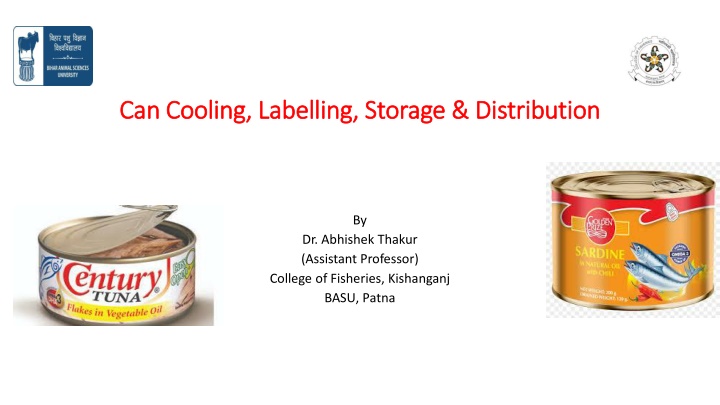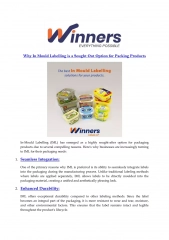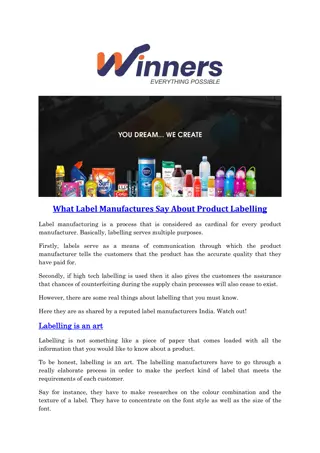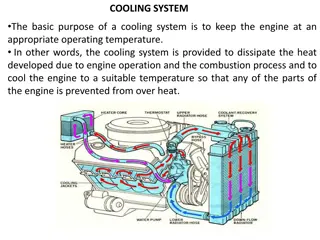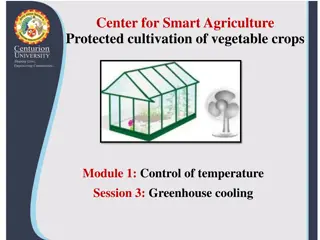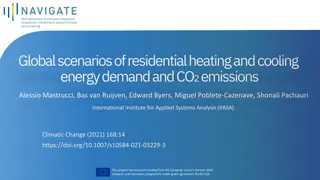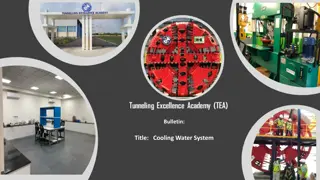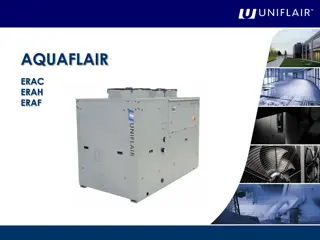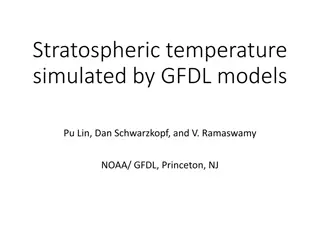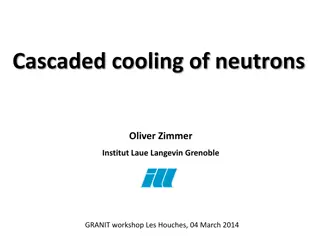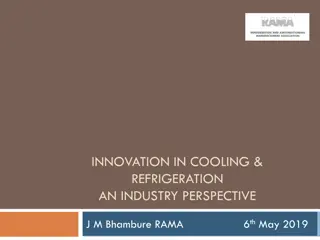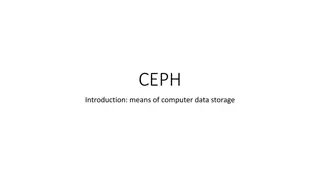Can Cooling, Labelling, Storage & Distribution - Dr. Abhishek Thakur
This detailed guide by Dr. Abhishek Thakur covers the processes of can cooling, labelling, storage, and distribution in the food industry. It discusses the challenges, techniques, and importance of each step to ensure product quality and safety. From managing internal pressure during can cooling to proper labelling for identification, and storage guidelines for product maturation, this comprehensive resource offers valuable insights for professionals in food preservation.
Uploaded on Mar 07, 2025 | 3 Views
Download Presentation

Please find below an Image/Link to download the presentation.
The content on the website is provided AS IS for your information and personal use only. It may not be sold, licensed, or shared on other websites without obtaining consent from the author.If you encounter any issues during the download, it is possible that the publisher has removed the file from their server.
You are allowed to download the files provided on this website for personal or commercial use, subject to the condition that they are used lawfully. All files are the property of their respective owners.
The content on the website is provided AS IS for your information and personal use only. It may not be sold, licensed, or shared on other websites without obtaining consent from the author.
E N D
Presentation Transcript
Can Cooling, Labelling, Storage & Distribution Can Cooling, Labelling, Storage & Distribution By Dr. Abhishek Thakur (Assistant Professor) College of Fisheries, Kishanganj BASU, Patna
Can Cooling During heat processing pressure builds up inside the can due to: Expansion of the contents Increase in water vapour pressure & Expansion of gases in the head space. This pressure is counter balanced by the steam pressure in the retort. At the end of processing when the steam supply is cut off, the retort pressure falls rapidly. Can contents lose the heat slowly & the internal pressure remains high.
Can Cooling At this point the cans seams & sealing compound are very soft and the pressure difference can cause severe strains on the seams with consequent risk of leakage. This may be avoided if an overriding air pressure is maintained till the internal pressure in the can is reduced sufficiently. When the temperature of the can centre is <100 C the air pressure may be removed.
Can Cooling To prevent overcooking of the content. To prevent germination thermophilic spores in their optimum temperature range. Cans are cooled as quickly as possible to about 35 C. Bacteriologically safe water is used for cooling the cans. Otherwise the cans will run the risk of spoilage & pathogenic bacterial may gain entry into the can through the minute droplets of water sucked in while developing the internal vacuum. of any remaining non-pathogenic
Can Cooling Cans should be cooled to an average of 35 C only and not below that so that sufficient heat is retained by the product to evaporate the water on the can surface & make it dry. Any water retained on the can surface may lead to its external rusting.
Labelling Cans are labelled to identify their contents. Some canners use printed cans. Can code on the labels instead of embossing on can ends is also use.
Storage & Distribution of Cans Before marketing, cans are stored for short periods (1-3 months). To mature the contents, To ensure equitable distribution of salts & other additives like spices as also stabilise taste & flavour. To provides a countercheck on the soundness of cans. Temperature of storage is directly related to the storage life of canned products. Increase of every 10 C will reduce the storage life by half of the previous.
Storage & Distribution of Cans Desirable storage temperature for can 10 C. The storage should be well ventilated and free from moisture. Presence of moisture in the atmosphere will lead to condensation on the can surface & may lead to subsequent corrosion of the can. Processed cans should not be cased hot. Loss of heat by radiation from the cans is slow & can lead to a situation called Stack Burning in the cans.
Storage & Distribution of Cans Spoilage or deterioration in quality or accelerated corrosion caused by retention of heat in stack of cans or cartons for long periods _ Stack Burning. This may also provide a favourable condition for the growth of any surviving thermophilic spores. Can should be stored under cool, dry condition. https://www.youtube.com/watch?v=SKD8eGpkKx0
